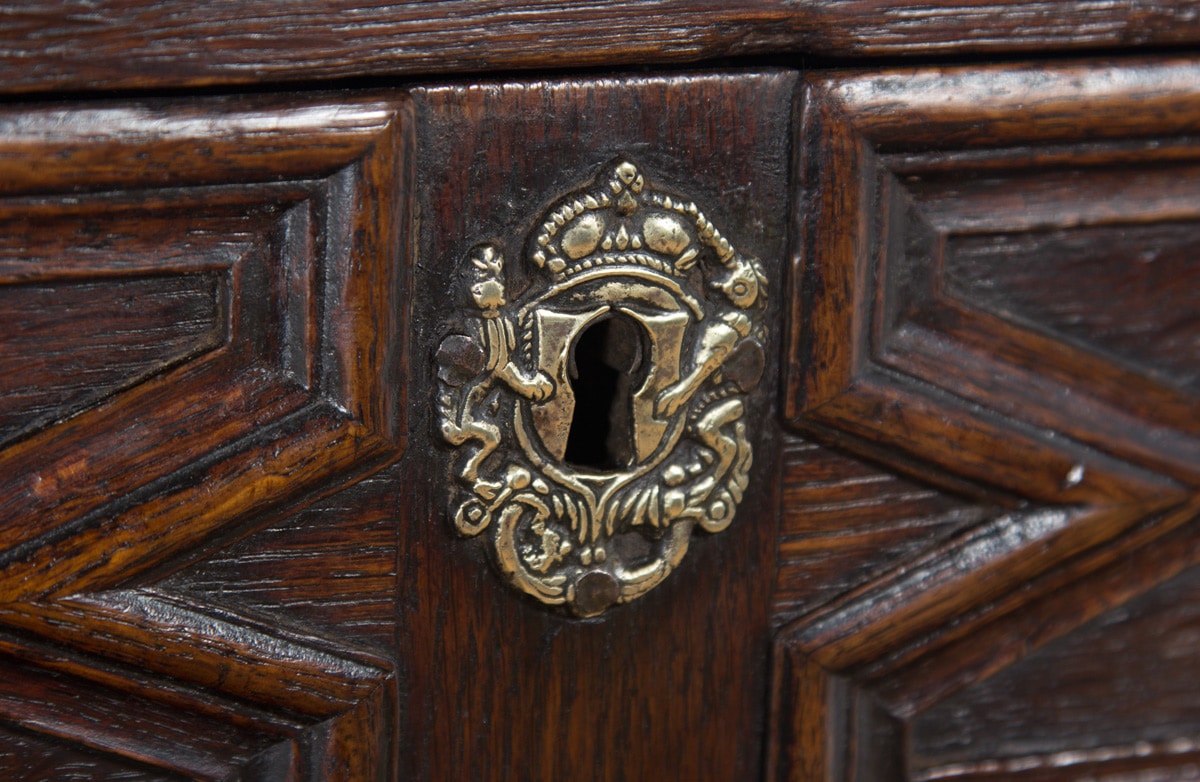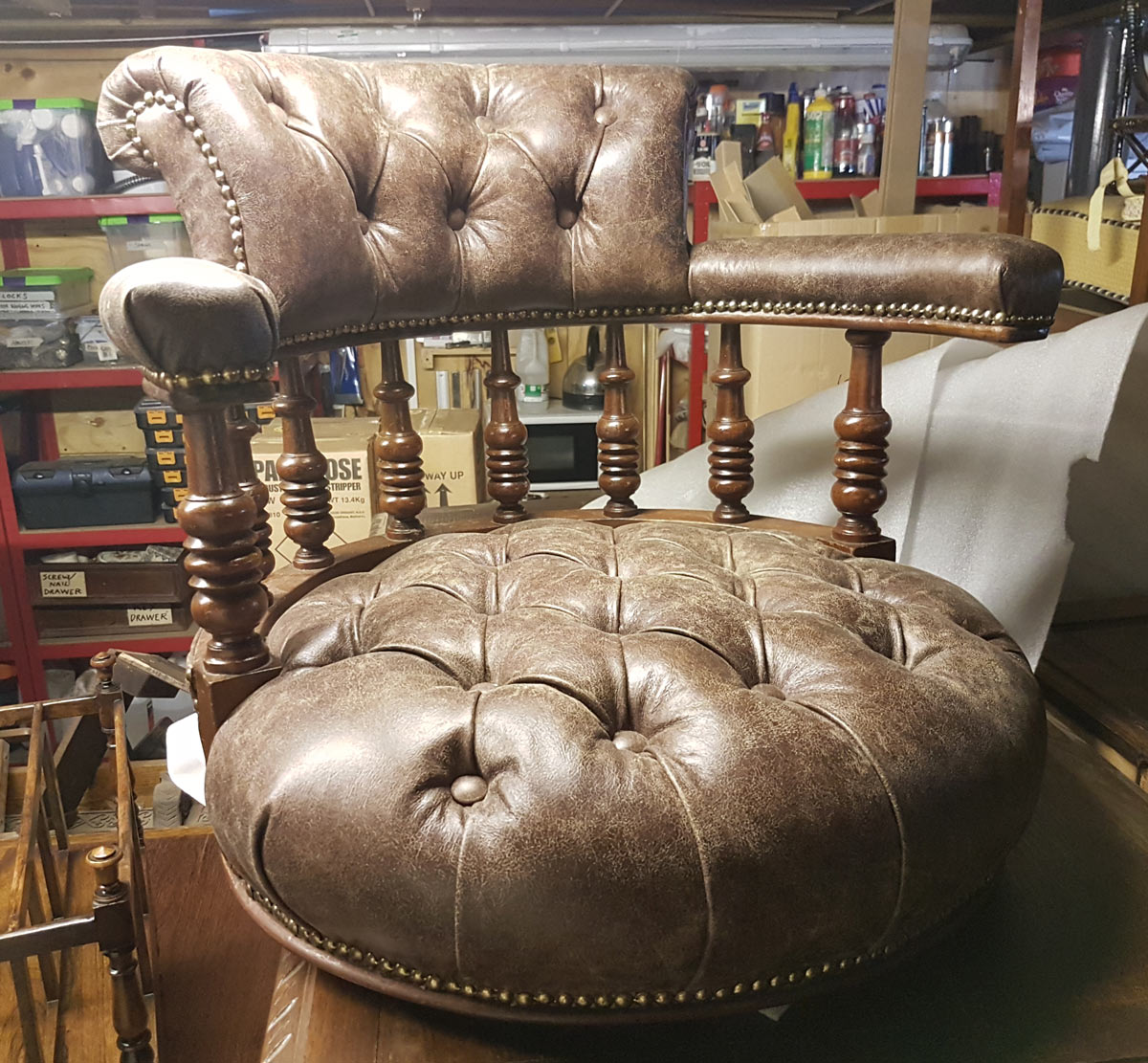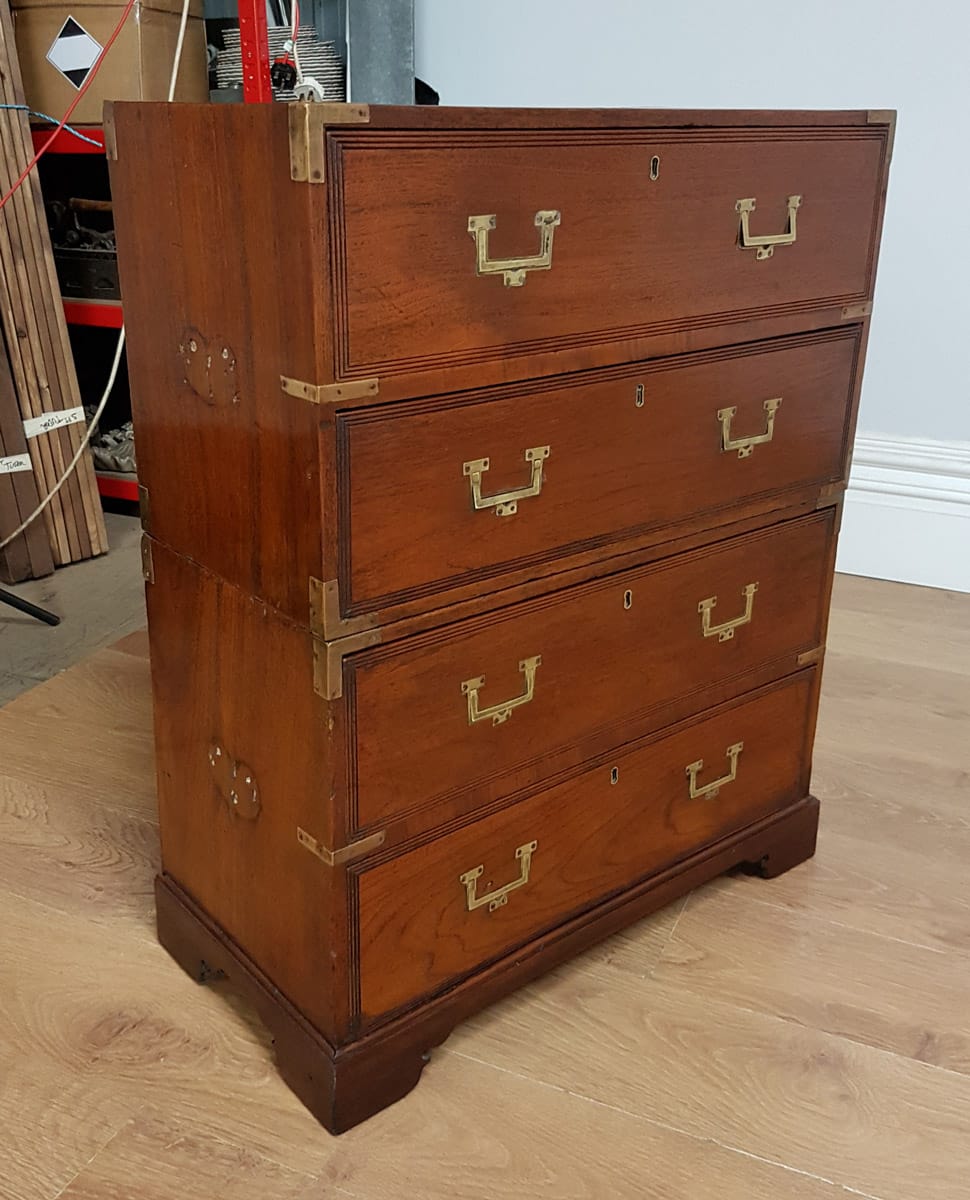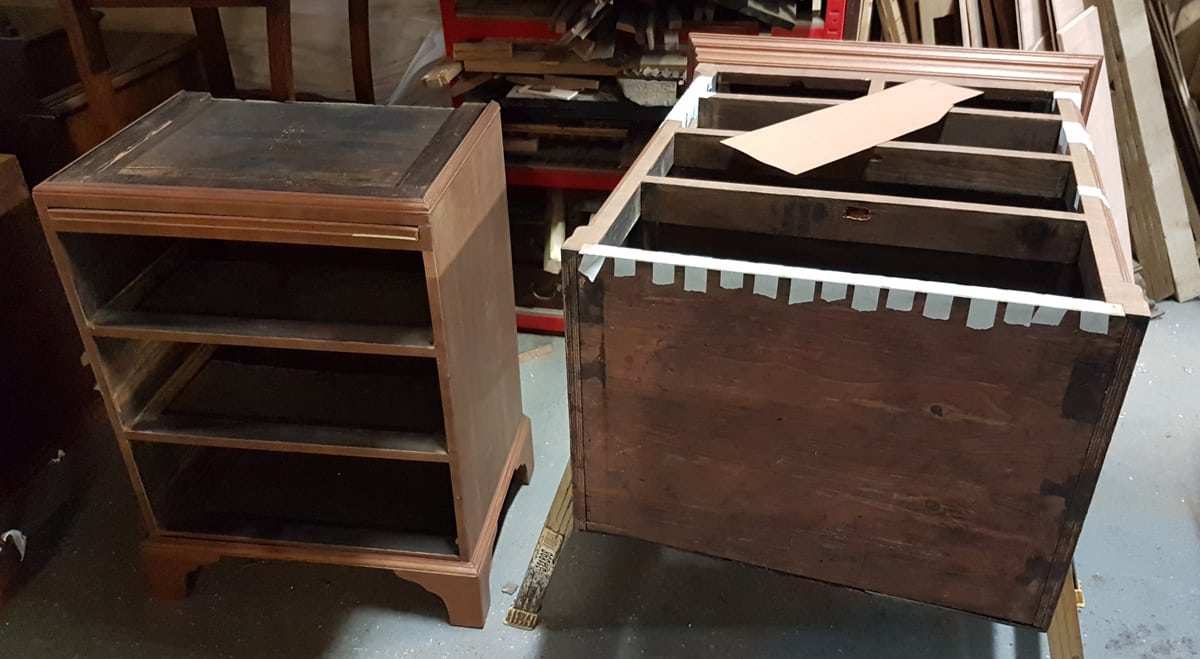Uncategorised
Is This the End of the Humble Antique Shop?
Welcome to the Yola Gray Antiques blog, where we talk about all that is relevant in the antiques world, as well as taking you behind the scenes to show you the intriguing and interesting aspects of the antique furniture business.
the decline and rebirth of the antique business
With the arrival of the month of March and the transition from winter to spring, our minds turn to the themes associated with this time of year, themes of transition, rebirth and renewal. Such connotations could potentially be applied to the state that the antiques business in general is currently in.

Not too terribly long, perhaps 10-15 years ago, the only way a customer might have had of buying antique items would have been by either visiting a shop or attending an auction house. The potential quirkiness and interest of a shop, or the excitement of bidding on an item at auction always added something to the experience of buying antique furniture.
The advent of the internet, however, as explained in this BBC News article, has rather fundamentally changed how people shop and, naturally, footfall in physical stores in particular has fallen, in favour of the convenience of shopping online.
That customers are favouring a more 21st Century way of shopping is only half of the story. The rise in business rates for high street premises, along with increased car parking charges in towns centres, is also making it increasingly difficult for shopkeepers. Furthermore, our lives have become busier with work and family commitments, buyers now have less disposable time to travel from town to town looking for that special something.
This new reality means that, inevitably, antique shops in the traditional sense are in something of a long-term decline. As sad as this is, given the charm and quirkiness that an antiques shop can have, their potential demise does not in any way spell doom for the antiques trade as a whole. More and more antique businesses are moving with the times and re-establishing themselves online.
In its own way, this can be seen as a renaissance of sorts, now that items that would originally have only been seen by people who had taken the effort to visit a physical shop, can now be viewed by potentially anyone with access to the internet; this opens up a whole new avenue of potential trade. The internet allows the antique trade to become truly global and it has also been seen that the demand from customers all over the world searching for similar items has had a tendency to boost the value of what they seek. With this knowledge, it’s easy to see that the antiques business is entering a bright new era, and is indeed far from dead.
Easter Sale
Following on with the theme of rebirth and renewal, one cannot escape the knowledge that Easter will be arriving next month. In the spirit of the occasion, we will be having an Easter sale, which will include a 10% discount on all items, including all items that are already in the reduced section! We haven’t set the dates yet, but we will have, by the time our next blog goes out – so keep your ears to the ground!

Etymology corner
Ever wonder about how something came to be given a certain name? Etymology, or the study of the derivation of words, can provide a fascinating insight into the meaning and origin behind a name.
In this edition, we look at the word escutcheon. In furniture parlance, the word refers to a protective cover applied over a keyhole, or to disguise a non-decorative functioning part:

While much plainer escutcheons also exist, a major part of their purpose is evidently decorative in nature, the example above being a particularly good one, found on a William & Mary chest of drawers we had in some time ago (now happily sold).
So, where did the name escutcheon actually come from? Escutcheon itself is already an old word, being Old Norman in origin, but its derivation can be traced back to the Latin word scutum, meaning shield. This makes perfect sense, considering its most basic purpose.
Have a suggestion of your own? Let us know in the comments and we might include it in a future edition!
in the pipeline
Here is a quick peek of ongoing restoration projects, showing you items that are going to be gracing the front page of the website in the not-too-distant future.
Clockwise from top left, we have a captain’s chair which has been newly upholstered in a lovely brown leather and is now just awaiting a saddle soap treatment, to give the leather a great finish; a beautiful French ‘casonet’ trunk with a lock in need of attention; an unusually small English campaign chest of drawers waiting for the carrying handles to be returned from our restorer; a Canterbury magazine rack pending a general spruce-up; and a Georgian chest-on-chest undergoing some structural work (it’s important to make sure everything is perfectly structurally sound, before we’re happy to have it photographed and listed).






